PATIENT DATA
PATIENT DATA IS BOTH A CONSUMER PRODUCT AND AN ENTERPRISE PRODUCT
Medical system software is frequently misunderstood through the lens of open-standard architecture. If we have open standards for web pages, just as we had one standard each for CD-ROM and VHS, why can’t we have medical software that makes our data free to store, easy to migrate and secure from hacking? With the click of a button, we can share our music, share our live camera feed, share our work documents, share our driving routes…we can share just about anything. Except our medical data. Less than 2% of the population even knows they have a right to their medical data and can ask for it.
We will get there, but it’s essential to recognize that this software runs entire hospital systems with millions of patients. Nobody complains that banks and airlines aren’t run on free, open-source software. Customers of Amazon don’t say, “Hey, I want to take both my browsing history and purchasing history over to Walmart.” But even those aren’t the best analogies, because medicine is decentralized. Health IT software companies can’t come into a hospital and tell doctors, “Well, this is how the software works, so you have to change.” The software has to reproduce the clinical practices and patient flows that the doctors decide is best.
Combine that with the challenge that medicine is evolving faster than any other industry, with each year bringing new treatments, new clinical practices and hundreds of new medical devices. As those software modules come online, they have to work every time, perfectly—for millions of people at once.
